 J. B. Hunt HQ
J. B. Hunt HQ
Entry Type: Place - Starting with J
 J. B. Hunt HQ
J. B. Hunt HQ
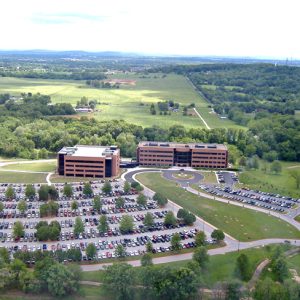 J. B. Hunt, Aerial View
J. B. Hunt, Aerial View
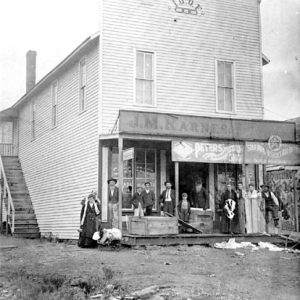 J. M. Karnes Store
J. M. Karnes Store
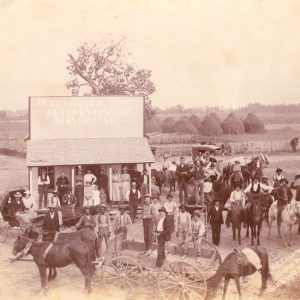 J. R. Chambers's Store
J. R. Chambers's Store
J. V. Bell House
 J. V. Bell House
J. V. Bell House
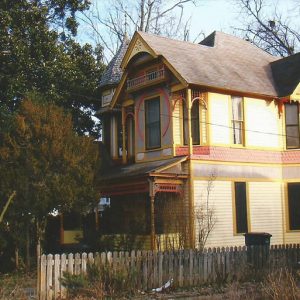 J. V. Bell House
J. V. Bell House
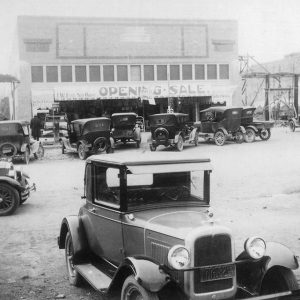 J. W. Pugh Mercantile
J. W. Pugh Mercantile
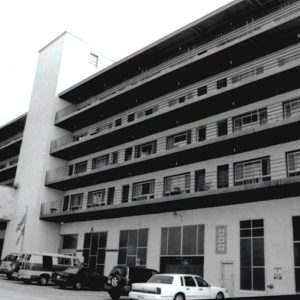 Jack Tar Hotel and Bathhouse
Jack Tar Hotel and Bathhouse
Jackson County
 Jackson County Courthouse
Jackson County Courthouse
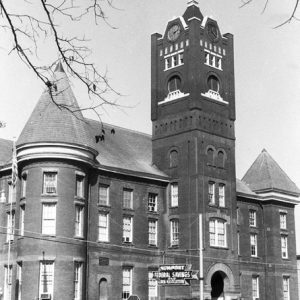 Jackson County Courthouse
Jackson County Courthouse
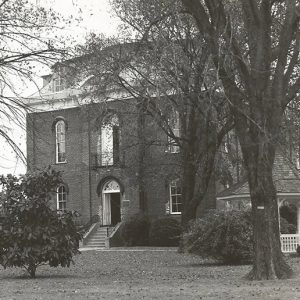 Jackson County Courthouse
Jackson County Courthouse
 Jackson General Store
Jackson General Store
 Jackson Street
Jackson Street
Jacksonport (Jackson County)
Jacksonport State Park
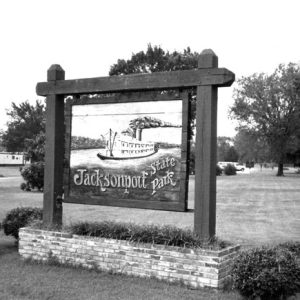 Jacksonport State Park
Jacksonport State Park
 Jacksonport State Park
Jacksonport State Park
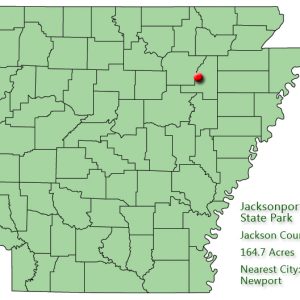 Jacksonport State Park: Park Location
Jacksonport State Park: Park Location
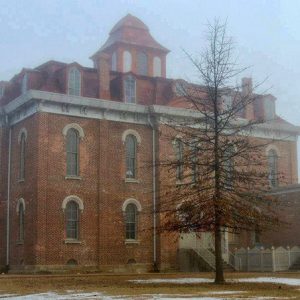 Jacksonport State Park Museum
Jacksonport State Park Museum
Jacksonville (Pulaski County)
 Jacksonville School
Jacksonville School
Jacksonville Museum of Military History
 Jacksonville Museum of Military History
Jacksonville Museum of Military History
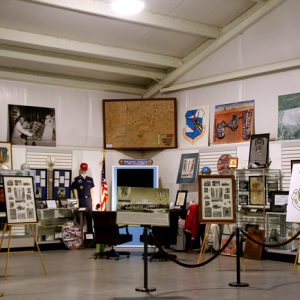 Jacksonville Museum of Military History
Jacksonville Museum of Military History
 Jacksonville Museum of Military History
Jacksonville Museum of Military History
Jacob Wolf House
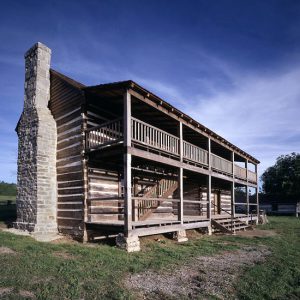 Jacob Wolf House
Jacob Wolf House
Jamestown (Independence County)
Janet Huckabee Arkansas River Valley Nature Center
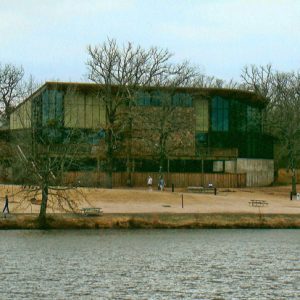 Janet Huckabee Arkansas River Valley Nature Center
Janet Huckabee Arkansas River Valley Nature Center
Japanese American Relocation Camps
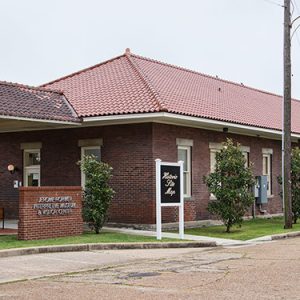 Japanese American Internment Museum
Japanese American Internment Museum
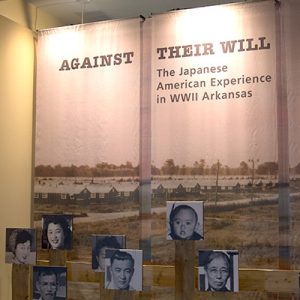 Japanese American Internment Museum Display
Japanese American Internment Museum Display
 Jarrett Baptist Church Sign
Jarrett Baptist Church Sign
 Jarrett Cemetery
Jarrett Cemetery
Jasper (Newton County)
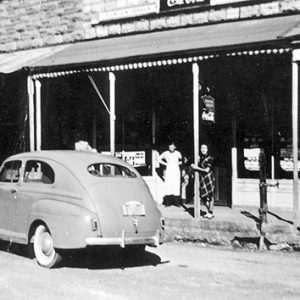 Jasper Street Scene
Jasper Street Scene
Jasper Commercial Historic District
 Jasper Methodist Church
Jasper Methodist Church
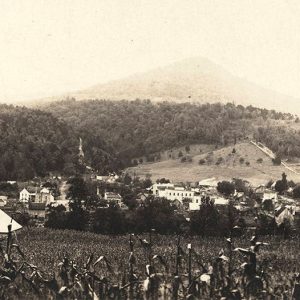 Jasper Overlook
Jasper Overlook
Jefferson County
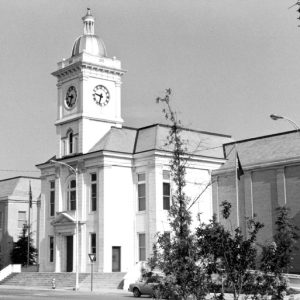 Jefferson County Courthouse
Jefferson County Courthouse
 Jefferson Regional Medical Center
Jefferson Regional Medical Center
 Jefferson School
Jefferson School
Jenkins Ferry Battleground State Park
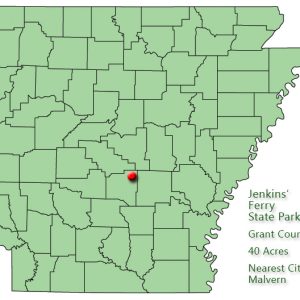 Jenkins' Ferry State Park: Park Location
Jenkins' Ferry State Park: Park Location
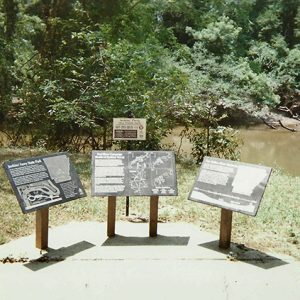 Jenkins' Ferry State Park
Jenkins' Ferry State Park




